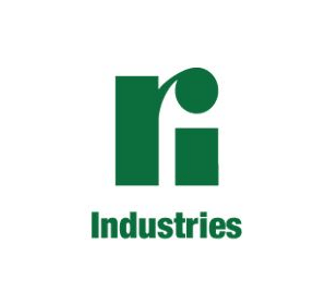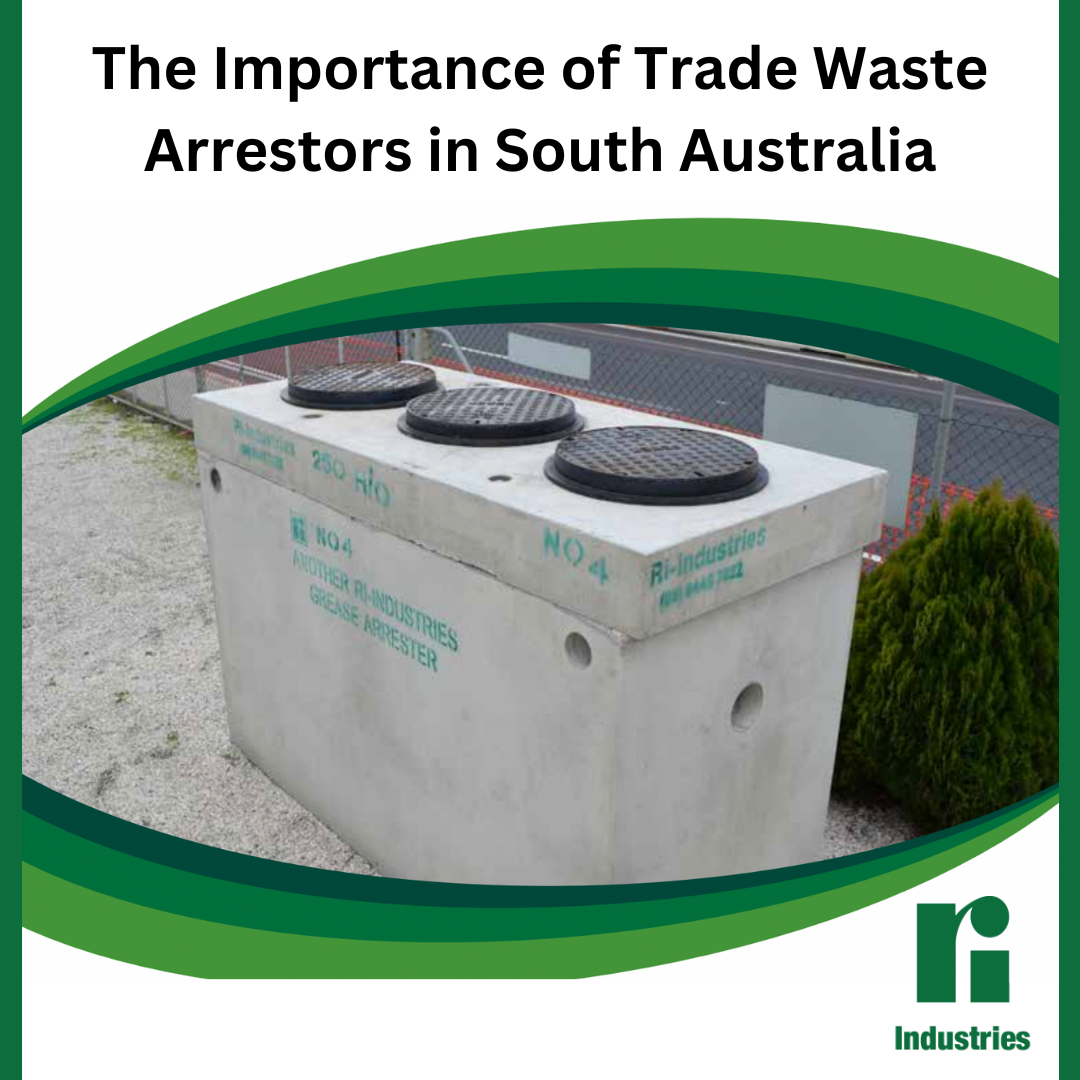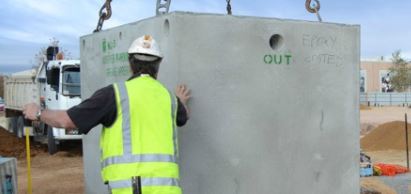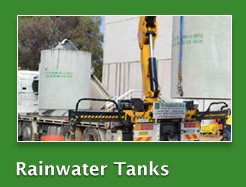Proper maintenance of your septic tank is essential to prevent potential damage to your property and ensure the proper functioning of your septic system. Ri-Industries takes great pride in the quality of our products and you can rest assured they will function well when proper care is taken. However, it’s always good practice to be prepared for an emergency. Here are some steps to help you prepare for septic tank emergencies:
- Understand Your Septic System:
- Familiarise yourself with the layout and components of your septic system. Know the location of the septic tank, distribution box, and drain field.
- Keep Records:
- Maintain detailed records of your septic system, including the installation date, last pumping date, and any repairs or maintenance performed. This information can be valuable for troubleshooting during emergencies.
- Regular Inspections:
- Conduct regular visual inspections of your septic system. Look for signs of potential issues, such as standing water, unusual odours, or soggy areas around the drain field.
- Pumping Schedule:
- Adhere to a regular septic tank pumping schedule as recommended by a professional. Regular pumping helps prevent solids from accumulating and causing blockages.
- Educate Household Members:
- Ensure that everyone in your household is aware of what can and cannot be flushed or disposed of in sinks and drains. Educate them on the importance of proper septic system care.
- Emergency Contact Information:
- Keep contact information for a licensed septic system professional or septic service company readily available. In case of an emergency, you can quickly reach out to a professional for assistance.
- Know the Warning Signs:
- Be aware of the warning signs of septic system issues, such as slow drainage, gurgling sounds in plumbing fixtures, sewage odours, or backups. Address these signs promptly to prevent more significant problems.
- Protect the Drain Field:
- Avoid parking vehicles or placing heavy objects on the drain field, as this can compact the soil and disrupt the system’s ability to treat wastewater.
- Install Effluent Filters:
- Consider installing effluent filters in the septic tank. These filters help prevent solids from reaching the drainfield and causing clogs.
- Emergency Kit:
- Prepare a basic emergency kit that includes tools, gloves, a flashlight, and any other items you may need for quick assessments and temporary fixes.
- Emergency Action Plan:
- Develop an emergency action plan that includes steps to take in case of a backup or other septic system emergencies. This plan should outline who to contact and what immediate actions to take.
- Regular Professional Inspections:
- Schedule periodic professional inspections of your septic system. Professionals can identify potential issues before they escalate into emergencies.
Although it’s good to be prepared, you can feel confident that septic tank emergencies are not common with Ri-Industries tanks when proper care is taken and maintenance carried out. Our website has a number of articles which detail best practices such as Maintaining a Septic Tank in South Australia. If you have questions about our tanks or how to best avoid emergencies, please call us at 08 8444 8100.








